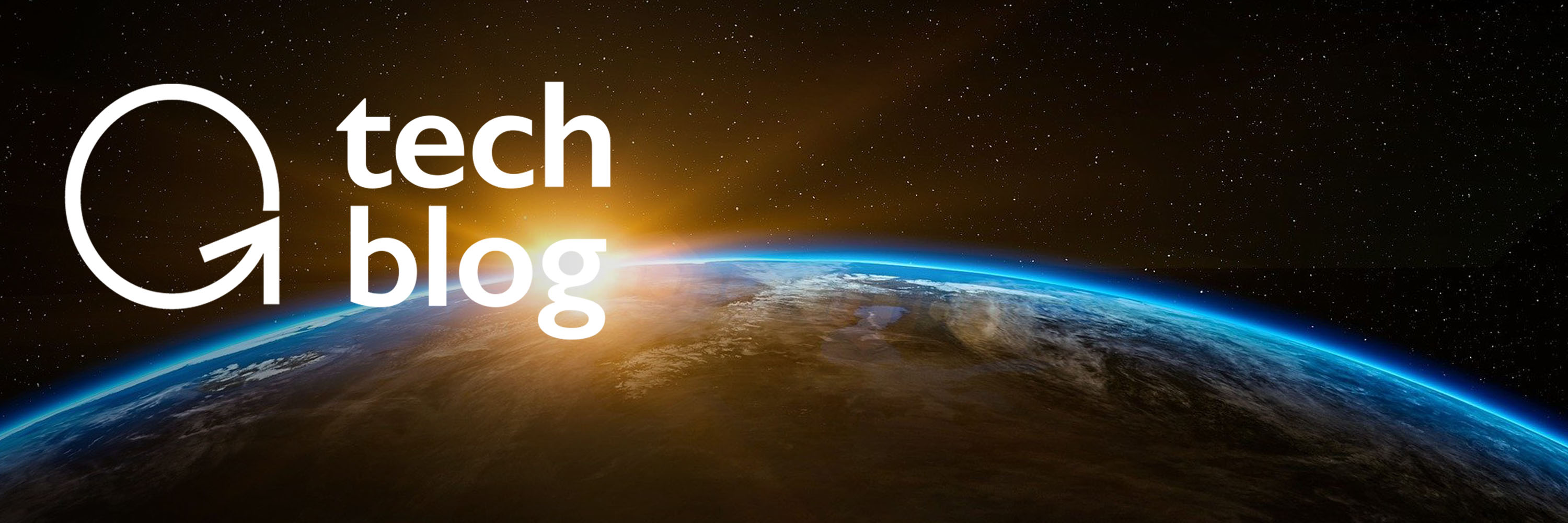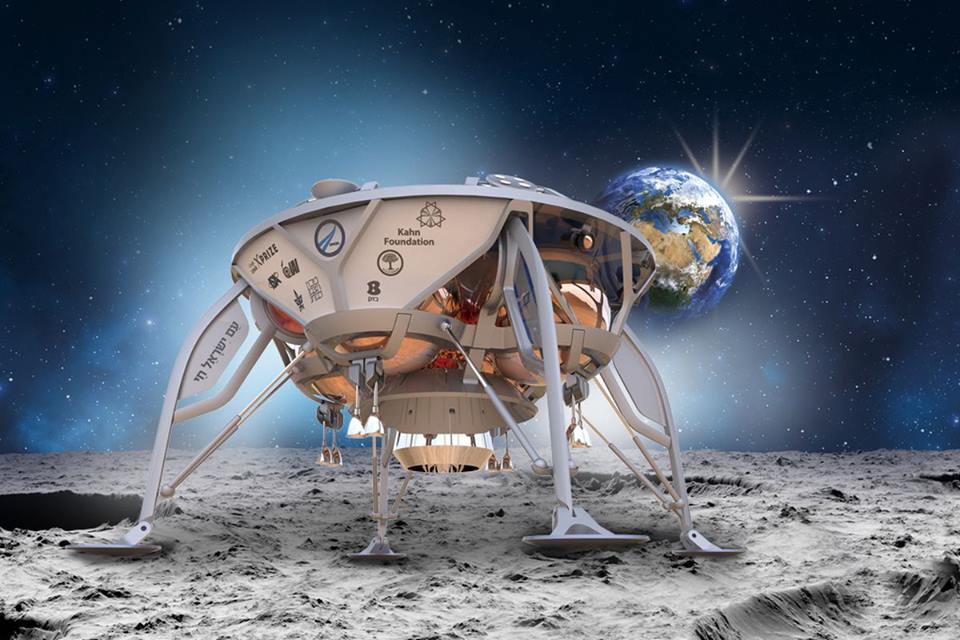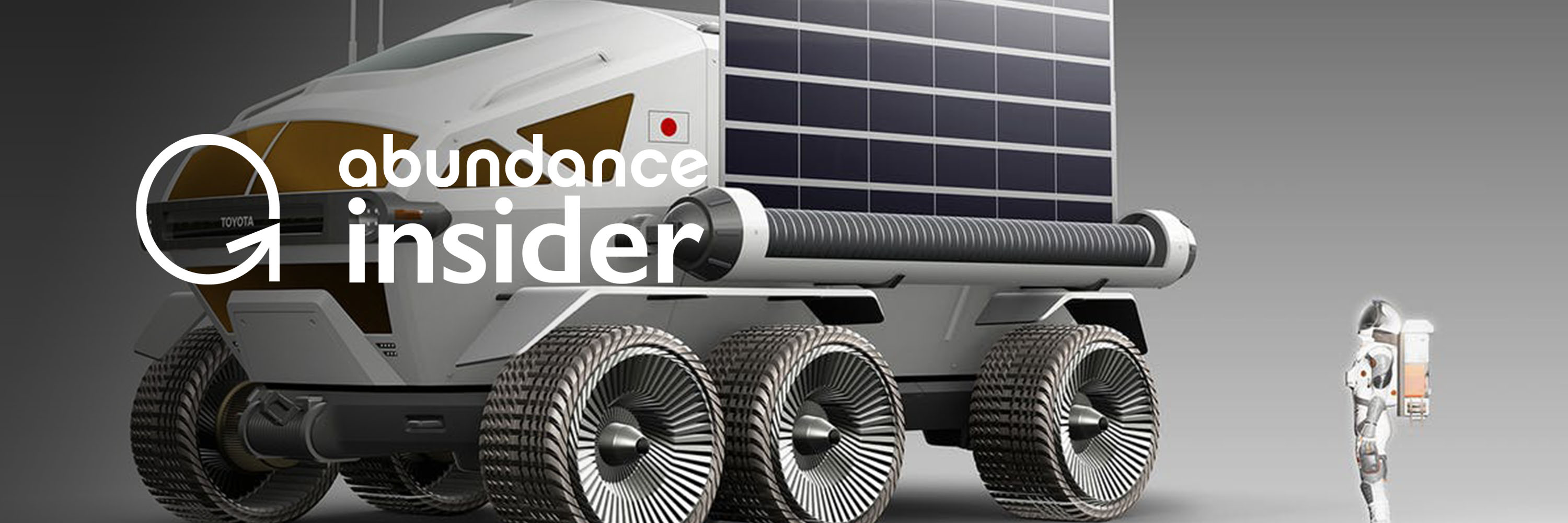In September 2007, I was joined on stage by Larry Page, Buzz Aldrin, and the deputy..
6 min read
Private Lunar Lander – Reflections on SpaceIL Mission
By Peter H. Diamandis on Apr 14, 2019
Topics: Space space exploration XPRIZE Private Space SpaceX spaceflight moonshot Moonshots moon exponential technology SpaceIL
2 min read
GOOD LUCK! Private Lunar Lander -- SpaceIL XPRIZE Team
By Peter H. Diamandis on Apr 11, 2019
Today is a great day for innovators, entrepreneurs and dreamers.
Topics: Space space exploration XPRIZE Private Space spaceflight Moonshots moon SpaceIL
12 min read
Abundance Insider: March 30th, 2019
By Peter H. Diamandis on Mar 30, 2019
In this week's Abundance Insider: Record-breaking CRISPR engineering, apple-harvesting..




